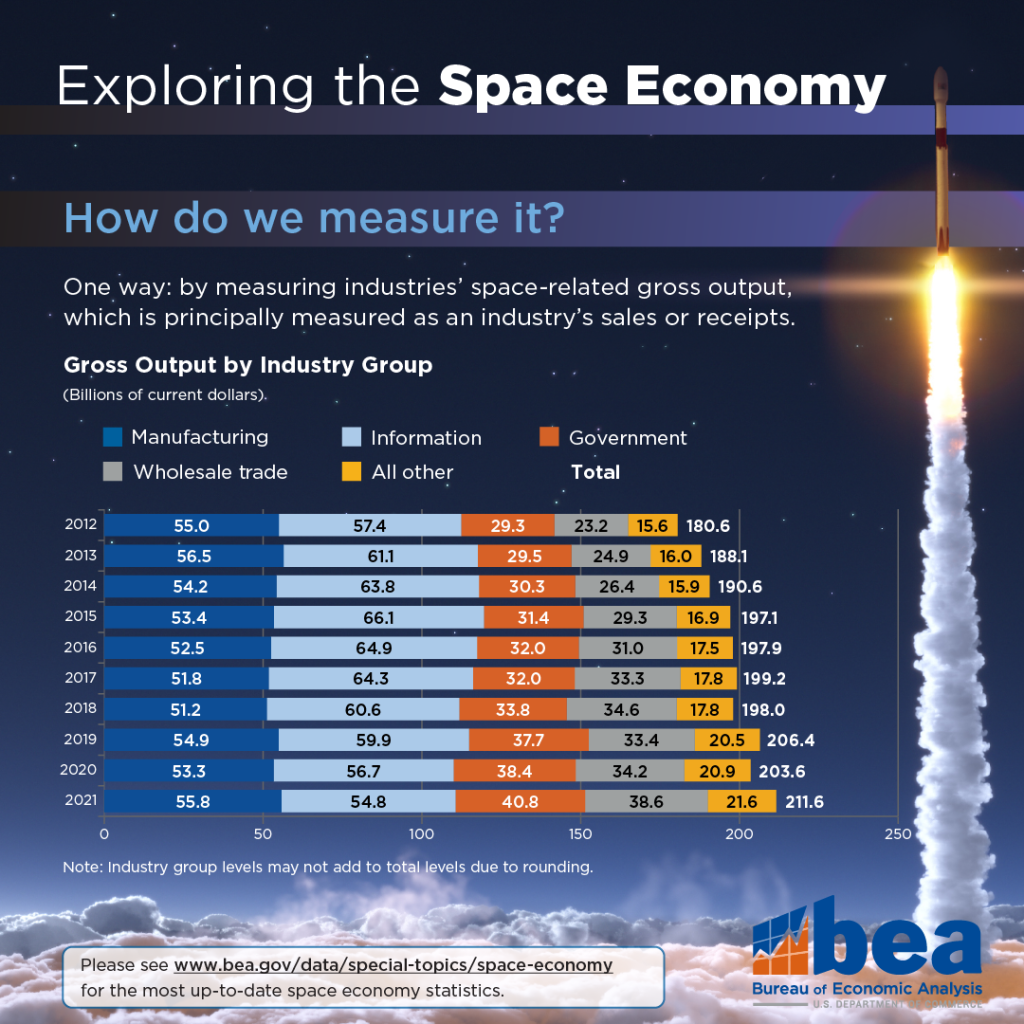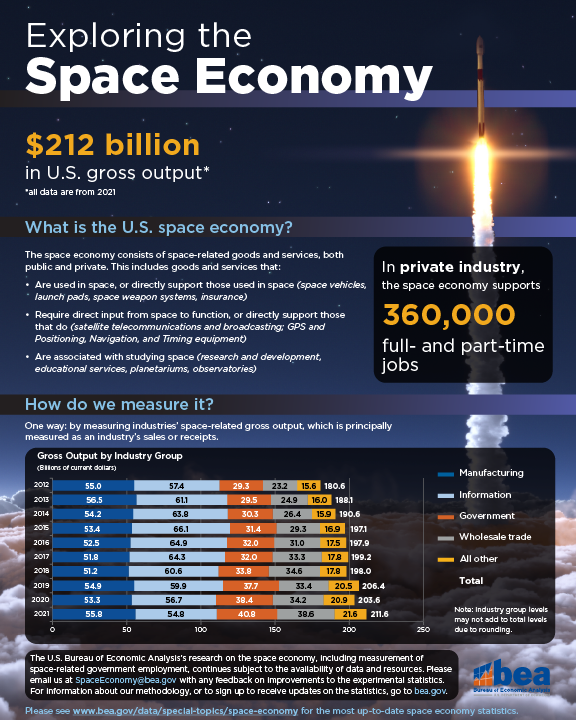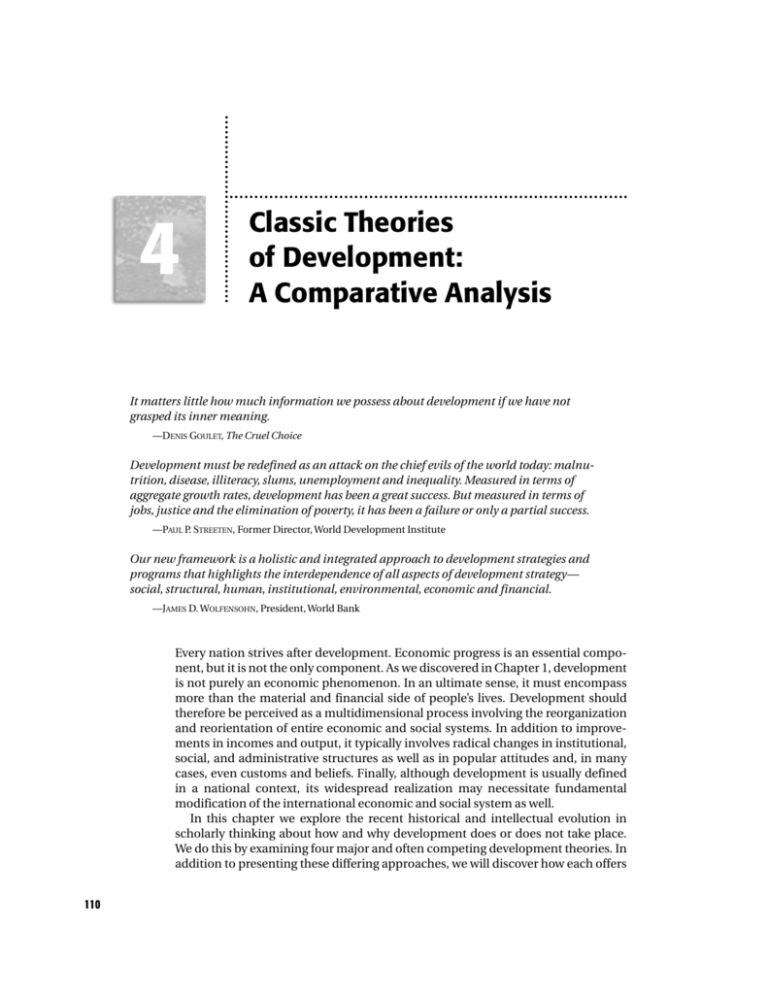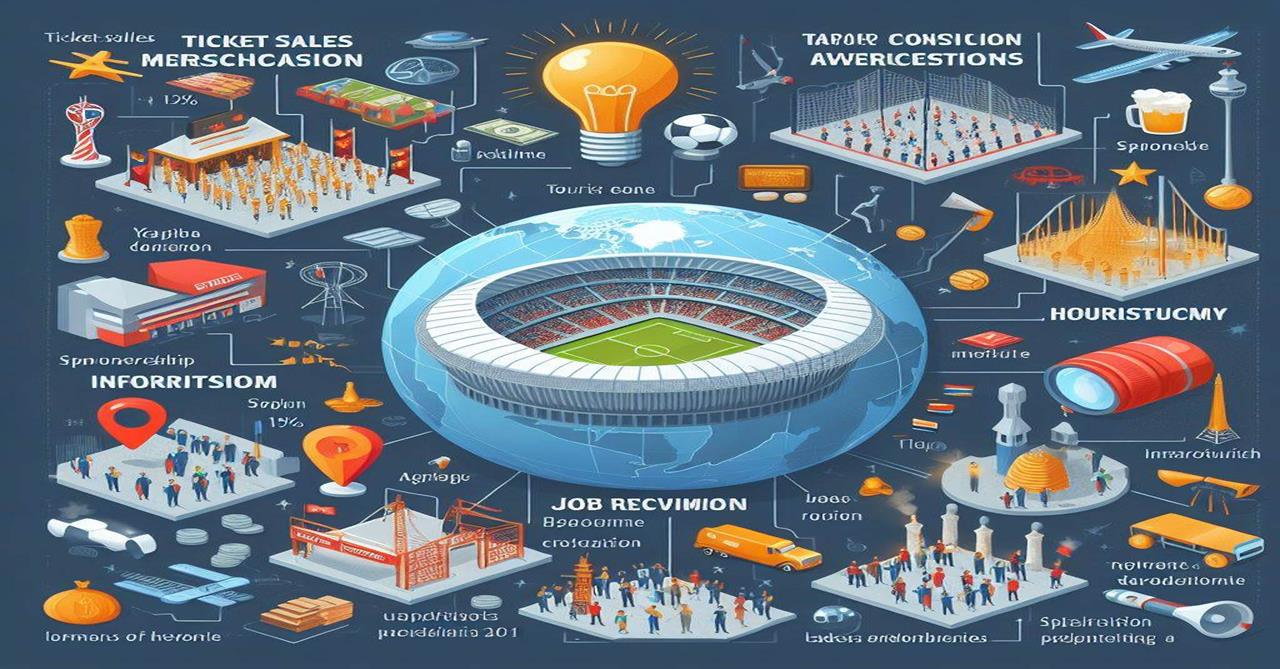
Unlocking Trillions: The Profound Impact of the Space Economy on Global GDP
Once the exclusive domain of governments and elite scientific agencies, space is rapidly transforming into a vibrant, multi-trillion-dollar economic frontier. What was once considered science fiction is now a tangible driver of innovation, job creation, and economic growth right here on Earth. The "space economy" is no longer just about launching rockets; it’s a vast ecosystem of industries, services, and technologies that are profoundly impacting global GDP.
This article will explore how the expanding space economy is not only reaching for the stars but also boosting our economy back home, making a significant, tangible contribution to the world’s financial health.
What Exactly Is the Space Economy? (Simplified for Beginners)
Imagine everything that involves space, from building a satellite to using its signals on your phone. That’s the space economy! It’s usually broken down into two main parts:
-
Upstream Activities: This is the "getting to space" part.
- Manufacturing: Building rockets, satellites, spacecraft, and ground equipment.
- Launch Services: The companies that actually send things into space.
- Ground Systems: The antennas, control centers, and software on Earth that communicate with satellites.
-
Downstream Activities: This is the "what we do with space once we’re there" part.
- Satellite Services: The data, signals, and information that satellites provide. This is the biggest part! Think:
- Telecommunications: Your internet, phone calls, TV broadcasts.
- Earth Observation: Monitoring weather, climate change, agriculture, disaster relief, urban planning.
- Navigation (GPS): Location services for cars, phones, delivery services, farming, and more.
- Space Tourism & Exploration: Emerging services for travel beyond Earth, and scientific missions.
- New Applications: Services and products that use space data, like specialized apps for farmers or logistics companies.
- Satellite Services: The data, signals, and information that satellites provide. This is the biggest part! Think:
In essence, the space economy is all the commercial and governmental activities that support and utilize space.
The Current Landscape: How Big Is It Already?
The space economy is experiencing exponential growth. While exact figures vary depending on what’s included, most estimates place its current value in the hundreds of billions of dollars annually. For example, some reports suggest it’s already over $400 billion, with projections indicating it could reach $1 trillion or more by 2030.
This isn’t just a slight increase; it’s a rapid acceleration driven by:
- Decreasing Costs: It’s becoming cheaper to build and launch satellites.
- Technological Advancements: Miniaturization, reusable rockets, and advanced sensors.
- Increased Private Investment: "NewSpace" companies are pouring billions into the sector.
Direct Contributions: How Space Directly Boosts Global GDP
The most obvious way the space economy impacts GDP is through its direct revenue generation. Let’s break down the key sectors:
-
1. Telecommunications & Connectivity:
- Impact: This is by far the largest slice of the space economy pie. Satellites provide internet, TV, and phone services to remote areas, ships, planes, and serve as crucial backbones for global communication networks. This enables businesses to operate globally, connects people, and supports the digital economy.
- GDP Link: Direct revenue from service subscriptions, equipment sales, and infrastructure development.
-
2. Earth Observation (EO) & Geospatial Services:
- Impact: Satellites constantly monitor our planet, providing vital data on weather, climate change, crop health, urban expansion, natural disasters, and more. This data is used by governments, businesses, and scientists worldwide.
- GDP Link: Sales of satellite imagery and data, development of analytics software, creation of services (e.g., precision agriculture, environmental monitoring, insurance risk assessment) that rely on this data.
-
3. Satellite Navigation (GPS & GNSS):
- Impact: Think about how often you use your phone for directions, how delivery services track packages, or how farmers use precise guidance for planting. All this relies on satellite navigation systems like GPS (USA), Galileo (Europe), GLONASS (Russia), and BeiDou (China).
- GDP Link: Revenue from GPS-enabled devices, logistics optimization services, autonomous vehicles, smart city applications, and infrastructure projects that depend on precise location data.
-
4. Launch Services & Manufacturing:
- Impact: The companies that build and launch rockets and satellites are high-tech powerhouses. They employ engineers, scientists, and manufacturing specialists, driving innovation and creating high-value jobs.
- GDP Link: Direct revenue from rocket launches, satellite sales, and the entire supply chain involved in building these complex machines.
-
5. Emerging Industries: Space Tourism, In-Orbit Manufacturing, & Resource Utilization:
- Impact: While still in early stages, these sectors represent massive future growth. Space tourism aims to open space travel to civilians, in-orbit manufacturing could produce unique materials or products in microgravity, and asteroid mining promises access to valuable resources.
- GDP Link: Future revenue streams from space travel tickets, specialized manufacturing processes, and the extraction/processing of extraterrestrial materials. These could add trillions to global GDP in the long term.
Indirect & Ripple Effects: The Wider Economic Impact
The space economy’s influence extends far beyond its direct revenues. It acts as a powerful catalyst, creating ripple effects across numerous other industries and contributing to GDP in less obvious, but equally significant, ways:
-
1. Innovation & Technology Transfer (Spinoffs):
- How it works: Technologies developed for space often find unexpected applications on Earth. From advanced materials and miniaturized electronics to life support systems and imaging technologies, space research has led to countless innovations that benefit various industries.
- GDP Link: Drives productivity gains, creates new products and services in unrelated sectors (e.g., medical devices, consumer electronics), and fosters a culture of innovation.
-
2. Job Creation & High-Skilled Employment:
- How it works: The space sector requires a highly skilled workforce, including engineers, scientists, data analysts, manufacturing technicians, and software developers. The growth of the space economy directly translates into more high-paying jobs.
- GDP Link: Increased employment leads to higher consumer spending, tax revenues, and a more productive workforce. It also stimulates education and research in STEM fields.
-
3. Global Connectivity & Digital Economy Enablement:
- How it works: Satellites are crucial for global internet access, especially in remote or underserved areas. This connectivity underpins the entire digital economy, from e-commerce to remote work and online education.
- GDP Link: Enables new markets, facilitates international trade, boosts productivity through better communication, and supports the growth of digital services worldwide.
-
4. Environmental Monitoring & Climate Action:
- How it works: Earth observation satellites provide essential data for understanding climate change, monitoring deforestation, tracking pollution, managing water resources, and predicting natural disasters. This information is vital for sustainable development.
- GDP Link: Helps mitigate economic losses from natural disasters, enables more efficient resource management, supports green industries, and contributes to long-term environmental sustainability which is critical for economic stability.
-
5. Precision Agriculture & Resource Management:
- How it works: Satellite imagery and GPS data allow farmers to optimize irrigation, fertilization, and harvesting, leading to higher yields and reduced waste. It also aids in managing fisheries, forestry, and mineral extraction.
- GDP Link: Increases agricultural productivity, reduces operational costs, and contributes to food security, thereby boosting the GDP of agricultural nations.
-
6. Infrastructure Development & Supply Chain Optimization:
- How it works: Satellite communication and navigation are critical for optimizing logistics, tracking goods, and managing complex supply chains across the globe. This improves efficiency and reduces costs for businesses.
- GDP Link: Leads to more efficient trade, reduced transportation costs, and increased competitiveness for businesses reliant on global supply chains.
The "NewSpace" Revolution: Democratizing Access and Accelerating Growth
A significant factor in the space economy’s booming impact is the "NewSpace" movement. This refers to the rise of private companies (like SpaceX, Blue Origin, Rocket Lab) that are challenging the traditional, government-dominated space industry.
Key characteristics of NewSpace:
- Cost Reduction: Reusable rockets and innovative manufacturing techniques are drastically lowering the cost of getting to space.
- Rapid Innovation: Agile private companies can develop and deploy new technologies much faster than traditional government agencies.
- Commercial Focus: A strong emphasis on developing profitable services and products for a wider range of customers.
This revolution has made space more accessible and affordable, inviting more players into the arena and accelerating the pace of economic growth within the sector.
Challenges and Opportunities Ahead
While the outlook is overwhelmingly positive, the space economy faces challenges:
- Space Debris: The growing number of objects in orbit poses a risk to active satellites and future missions.
- Regulation: International laws and regulations need to evolve to keep pace with rapid commercialization.
- Talent Shortage: The demand for skilled workers in the space sector is outstripping supply.
- Investment Volatility: While private investment is high, it can be sensitive to economic downturns.
However, the opportunities far outweigh the challenges:
- Further Commercialization: More industries will find direct applications for space data and services.
- International Collaboration: Partnerships between nations and companies will drive larger, more ambitious projects.
- New Markets: As technology advances, entirely new markets (e.g., space-based solar power, advanced space materials) will emerge.
The Future: A Trillion-Dollar Frontier?
The trajectory of the space economy is clear: upward. As technology continues to advance, costs decrease, and private investment surges, the impact on global GDP will only intensify. The projected $1 trillion (or more) valuation by 2030 is not merely an optimistic forecast; it’s a reflection of the fundamental role space plays in our connected, data-driven world.
From enabling our daily communications and navigation to monitoring our environment and inspiring groundbreaking innovation, the space economy is a dynamic engine of growth. It’s creating jobs, fostering technological breakthroughs, and empowering industries across the globe. The economic future of our planet is increasingly intertwined with the limitless potential of the cosmos, making the space economy one of the most exciting and impactful frontiers of our time.




Post Comment